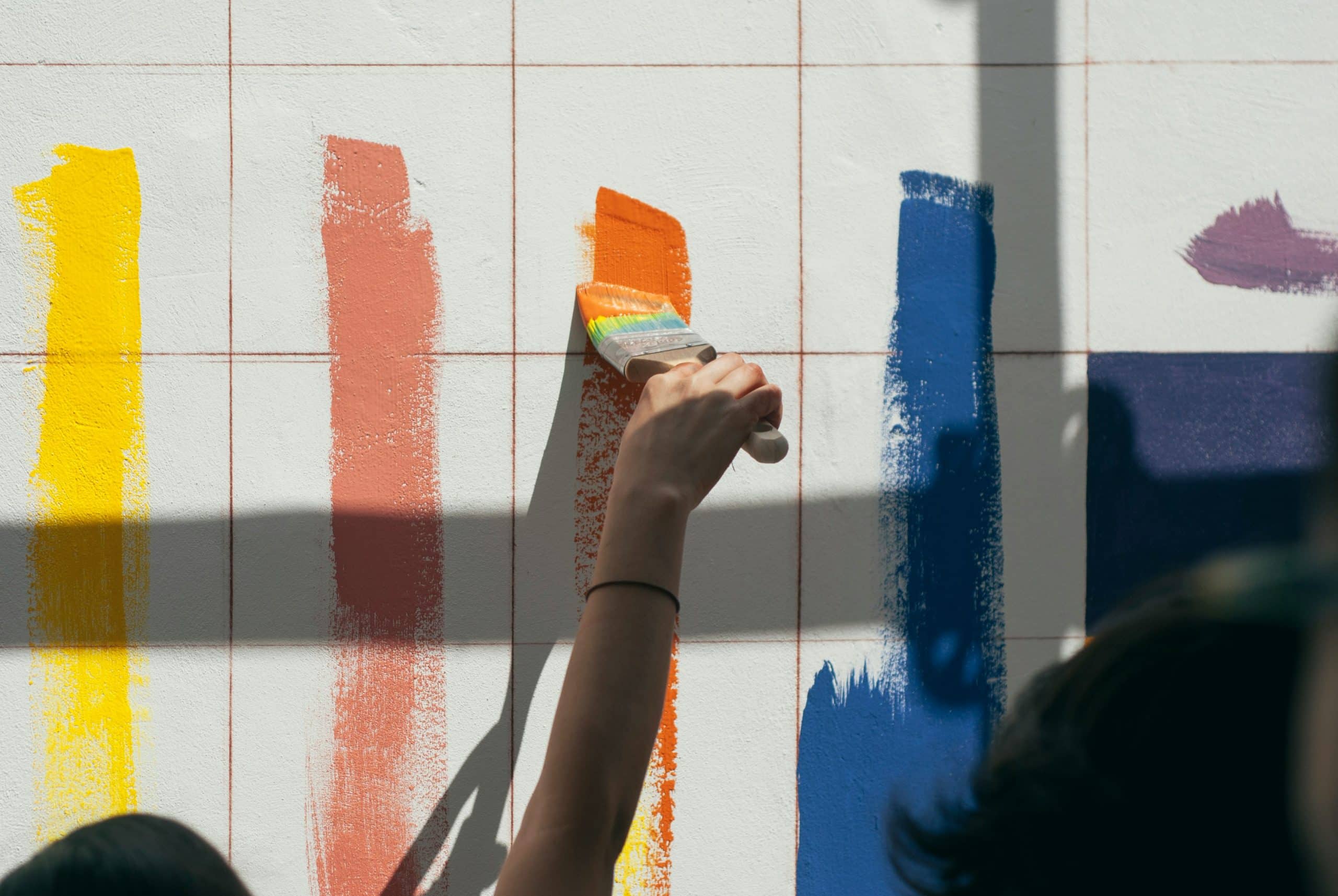In the realm of interior design, color is far more than a mere decorative element. The hues and tones you choose for your home can have a significant impact on the moods and feelings of everyone living within those walls. Understanding the psychology of color can empower you to create atmospheres that suit your needs and desires. This article explores the emotional power of color, providing practical recommendations for how you can harness it to shape the mood of each room in your home.
The Psychology of Color and Its Impact on Our Mood
Studies have shown that colors have the potential to impact our emotions and mood. Different hues stimulate different feelings and reactions. The psychology of color is a fascinating field of study, and understanding it can be incredibly useful when it comes to interior design. By thoughtfully selecting the colors for each room, you can create the exact mood that you are aiming for.
En parallèle : What are the best plants for a home terrarium?
For instance, certain shades of blue are known to evoke feelings of relaxation and calm, making them an excellent choice for bedrooms or study areas. On the other hand, reds are vibrant and dynamic, stimulating energy and conversation, which can be perfect for living rooms or kitchens. The color you paint your walls, the shades you select for your furniture, and even the colors in your artwork can all contribute to the overall mood of a room.
Selecting the Best Colors for Each Room in Your Home
When choosing colors for your home, it’s essential to consider the function of each room. The ideal color for a room largely depends on what activities take place within that space. The table below provides a brief overview of how different colors might affect the mood in various rooms of your home:
A voir aussi : What are the best practices for maintaining a wooden deck?
| Room | Color | Mood |
| — | — | — |
| Living Room | Red | Energetic, Stimulating |
| Kitchen | Yellow | Cheerful, Warm |
| Bedroom | Blue | Calming, Relaxing |
| Home Office | Green | Balanced, Concentrated |
| Bathroom | White | Clean, Pure |
Remember, these are general guidelines and not hard rules. Your personal color preferences and the specific lighting conditions of your home can also influence your color choices.
The Power of Cool Colors: The Impact of Blue and Green
Cool colors like blue and green are often associated with tranquility and relaxation. They are ideal for creating a serene and calming environment, which is precisely why they are so popular for bedrooms and bathrooms.
Blue, in particular, is often linked with feelings of calmness and serenity. It can help slow heart rate and reduce blood pressure, making it an ideal color choice for rooms designed for relaxation or focus, like your bedroom or home office.
On the other hand, green is a color that instills feelings of comfort and togetherness. It is an excellent color choice for spaces where you’re looking to create a sense of balance or need to concentrate, such as your home office or study.
The Energy of Warm Colors: Yellow and Red’s Influence
Warm colors like red and yellow can create a sense of warmth and vibrancy in a room. These colors are perfect for social areas of the home, such as the living room or kitchen.
Red is a bold and exciting color that can stimulate conversation and appetite. It’s best used in moderation, perhaps as an accent color, as too much red can be overwhelming and may lead to feelings of anger or frustration.
Yellow, meanwhile, is associated with happiness and positivity. This sunny color can bring a sense of cheerfulness into a room, making it an excellent choice for your kitchen or dining area. Yellow can make a room feel inviting and stimulating, welcoming everyone who enters.
The Versatility of Neutrals: The Power of White and Grey
Neutral colors like white, grey, and beige offer incredible versatility and can be used in any room. These colors often serve as the base of a color scheme, providing a backdrop against which other colors can stand out.
White is associated with purity and cleanliness. It reflects light and makes a room feel more spacious, making it an ideal choice for smaller rooms or those with limited natural light. A white bathroom can feel clean and refreshing, while a white living room can feel open and tranquil.
In conclusion, colors play a significant role in setting the mood and tone of your home. By understanding the psychology of color, you can make informed decisions that will create the perfect atmosphere in each room. Whether you prefer the calming effect of cool colors, the energetic vibe of warm hues, or the versatile nature of neutrals, the power to design a home that perfectly suits your needs and preferences is in your hands.
The Influence of Color on Mental Health in Your Home
The colors in your home are not just about aesthetics. They can deeply impact your mental health, influencing your mood and emotions. This effect is a key focus area of color psychology, a growing field of study linking color to human behavior.
For instance, while shades of green and blue can decrease blood pressure and slow heart rate, promoting relaxation, energizing colors like red and yellow can increase your pulse rate and stimulate activity. This physical effect of colors on our bodies further influences our mental state, with cool colors promoting tranquility and warm colors encouraging social interaction and creativity.
In fact, the interplay of color and light can really change the ambiance of your living room or dining room. A room color that complements natural light can make the space seem larger and more welcoming, enhancing your mood when you are in it. On the other hand, a poorly lit space with dismal colors can create a sense of gloom and negativity.
In addition, when it comes to your home office or study, color theory suggests that certain shades can boost productivity. For example, green is known to improve concentration, while blue can stimulate creativity. By understanding these effects, you can create a home environment that not only looks good but makes you feel good too.
The Balance of Color in Your Home
Striking a balance in your color scheme is also essential. Using too much of a single color can have an overpowering effect. For example, while red can stimulate energy, too much of it can lead to feelings of anger or anxiety. On the other hand, a room with too much blue might seem cold or unwelcoming.
A balanced color scheme involves a mix of warm colors, cool colors, and neutrals. The combination of different colors can create a harmony that enhances your mood and promotes a sense of well-being.
For instance, a living room with soft blues and greens can create a calming atmosphere, while a pop of red or yellow can add a spark of energy. Similarly, a kitchen with bright yellow walls can feel cheerful and inviting, but a touch of cool green or blue can balance the energy and keep it from feeling overwhelming.
The Final Stroke: Conclusion
The impact of color on mood is both fascinating and powerful. As we’ve seen, different colors can have varying effects on our mental health, emotions, and even physical reactions. By understanding and applying color psychology, you can take charge of the mood in your home. Whether you’re creating a tranquil bedroom, a vibrant living room, or a focused home office, the colors you choose can help shape your experience.
In conclusion, the interior design of your home is more than just style; it’s about creating a space that positively influences your mood and well-being. Embrace the power of color, and you’ll not only create a home that’s visually pleasing, but one that truly enhances the quality of your life.






